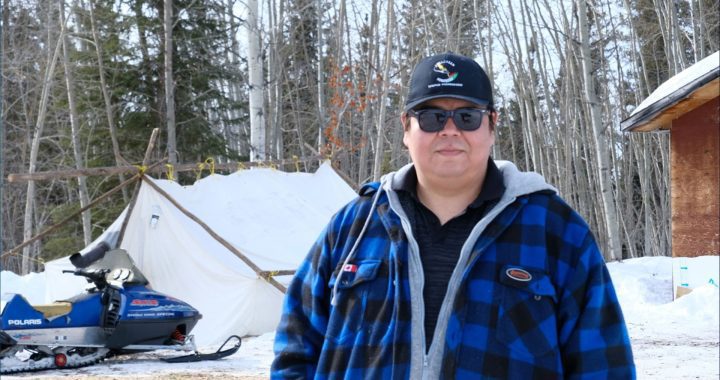The Canadian Press
BISMARCK, N.D. _ A federal judge’s order for more environmental review of the already-operating Dakota Access oil pipeline has several potential outcomes, all of which could spark even more wrangling in a Washington, D.C., court room. The big question is whether the pipeline will be shut down while the case plays out _ and if so, for how long.
Some questions and answers about the case:
What is the pipeline again?
The $3.8 billion pipeline built by Texas-based Energy Transfer Partners moves oil from western North Dakota to a distribution point in Illinois, where it can be shipped to the Gulf Coast and potentially lucrative markets abroad. It began operating June 1 and has the capacity to move half of North Dakota’s daily oil production. American Indian Tribes in the Dakotas fear environmental and cultural harm _ which ETP disputes _ and are trying to persuade a federal judge to shut down the line that they’ve been battling nearly a year.
Why is the court case still unresolved?
U.S. District Judge James Boasberg on June 14 ruled that the Army Corps of Engineers “largely complied” with environmental law when permitting the pipeline. But he also said they didn’t adequately consider how an oil spill under the Missouri River might affect the Standing Rock Sioux tribe’s fishing and hunting rights, or whether it might disproportionately affect the tribal community _ a concept known as environmental justice. That aims to ensure development projects aren’t built in areas where minority populations might not have the resources to defend their rights.
In its analysis of the Missouri River crossing, the Corps studied the mostly white demographics in a 0.8-kilometre radius, which the agency maintains is standard. But if the agency had gone another 80 metres – about the length of a football field _ the study would have included the Standing Rock Reservation. The tribe accuses the Corps of gerrymandering.
Boasberg has ordered the Corps to reconsider those areas of its environmental analysis.
Will the additional review affect pipeline operations?
It might.
To shut down the pipeline, Boasberg would have to invalidate the Corps’ permission for the project while the agency does its review. He appears hesitant to do that, saying it “would carry serious consequences that a court should not lightly impose.”
The judge isn’t rushing to a decision. His schedule has both sides submitting written arguments in July and August.
ETP has expressed confidence that he won’t stop the pipeline in the meantime.
How will the additional review play out?
The tribes maintain that the “lawful” way to resolve it is through a full environmental study, which the Corps had planned to do before President Donald Trump took office and pushed through completion. If the Corps simply revises its analysis, expect another round of litigation, Standing Rock attorney Jan Hasselman said.
“In effect, it resets the clock to where we were last fall, when we were pushing for (a full study) and asking for consideration of route alternatives,” he said. “We’ll be doing that again.”
The tribes also are pushing for a review that includes public and tribal input.
Corps and Justice Department officials declined to comment on what they will do, but they said they expect to propose a timeframe for the review in mid-July. The Corps has said a full environmental study could take up to two years.
ETP expects a limited process, with the Corps reaffirming its conclusions. Spokeswoman Lisa Dillinger said “it is important to note that while Judge Boasberg asked the Corps to provide greater substantiation for its conclusions, the Court did not find the prior determinations to be erroneous.”
The company has a point, said Connie Rogers, a Denver attorney who specializes in federal permits, natural resources, and Indian law. She compared the matter to a middle school math assignment in which students wouldn’t get full credit for correct answers unless they showed their work.
“This could just be an issue that the Corps didn’t explain itself,” Rogers said. “They could do a supplemental (analysis) in a month or, if they actually did not analyze those things, it might take longer.
“I think it’s going to come down to how confident is the Corps in its determination that there are no significant impacts,” she said.









